



On December 8, 2023, the new regulation (EU) 2021/2117 comes into force, which brings the labeling of wine closer to the labeling of all other food products, and will apply to all wines produced and bottled after that date.
Effortlessly meet all new EU wine label requirements with just a few clicks.
Don't break the bank—our yearly subscription offers maximum value at a minimal cost.
Create compliant e-labels in minutes, not hours. Time is money, and we save you both.
Automatically translate your e-label into 24 official EU languages. No additional work is needed.
Effortlessly meet all new EU wine label requirements with just a few clicks.
Option to redirect your QR code to any URL, giving you complete control over the experience.
Our platform is designed for everyone—no technical expertise is needed to get started.
We guarantee our service is always available.
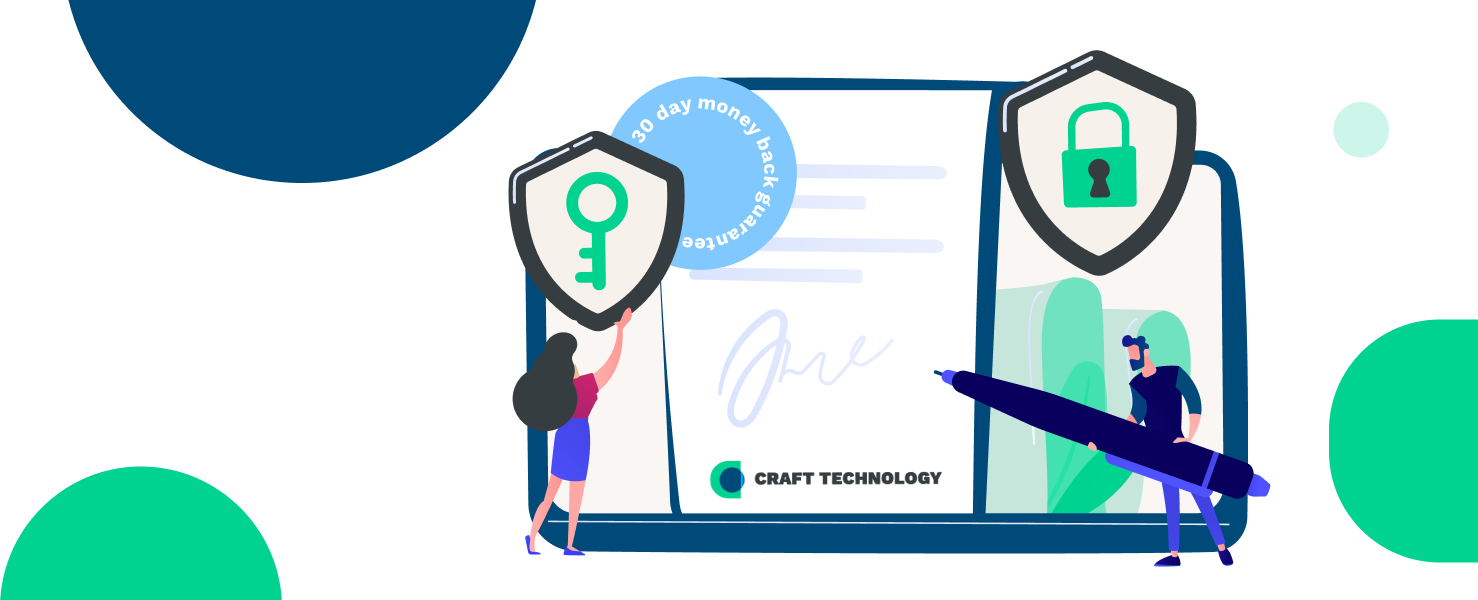
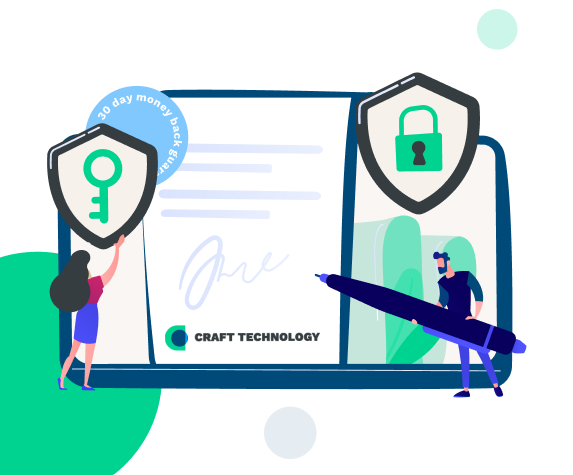
Winemaker gathers and organizes data
1
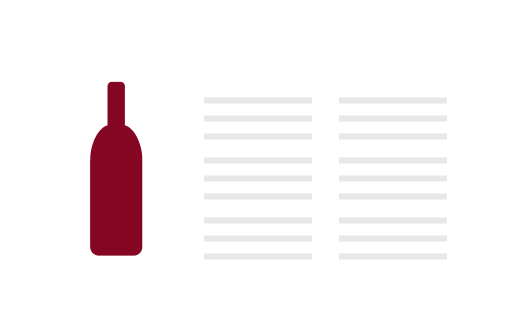
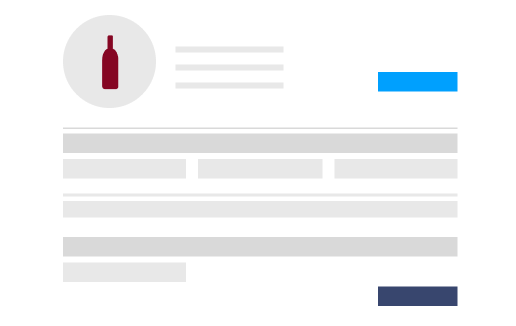
2
Winemaker uploads the wine info
The wine’s e-label web page and QR code are created
3
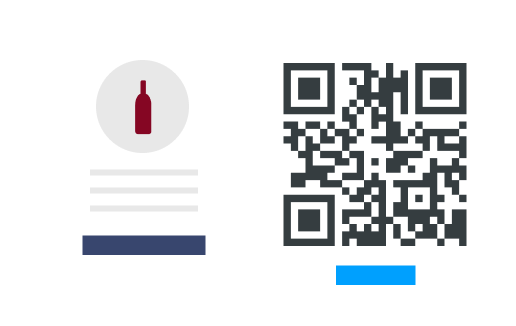
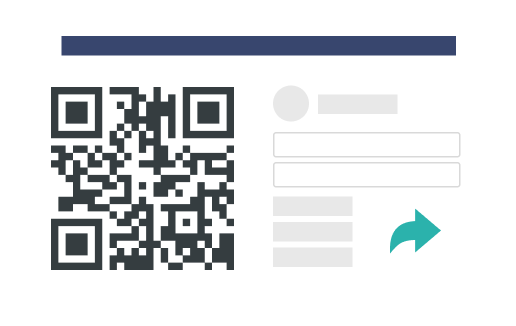
4
The QR code is downloaded and sent to the wine label producer
QR code is printed on the label
5
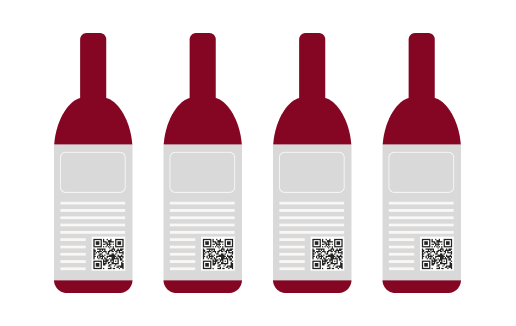
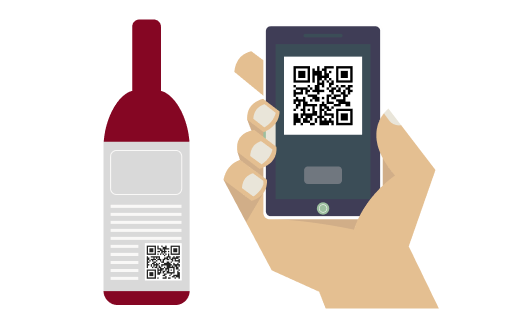
6
The end consumer scans the QR Code on the Bottle to visit the e-label website
1
Winemaker gathers and organizes data

2
Winemaker uploads the wine info

3
The wine’s e-label web page and QR code are created

4
The QR code is downloaded and sent to the wine label producer

5
QR code is printed with the label

6
The end consumer scans the QR Code on the Bottle to visit the e-label website

Everything you need too know about Craft Technology e-label in 120 seconds and why you need to get comppliant with EU regulations as soon as possbile.
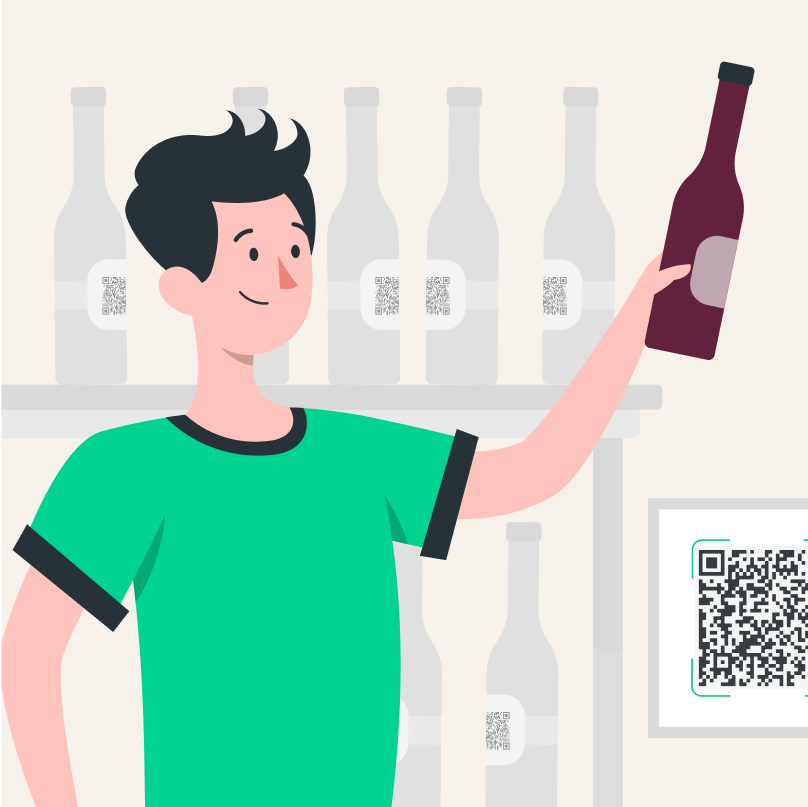
€90 per year
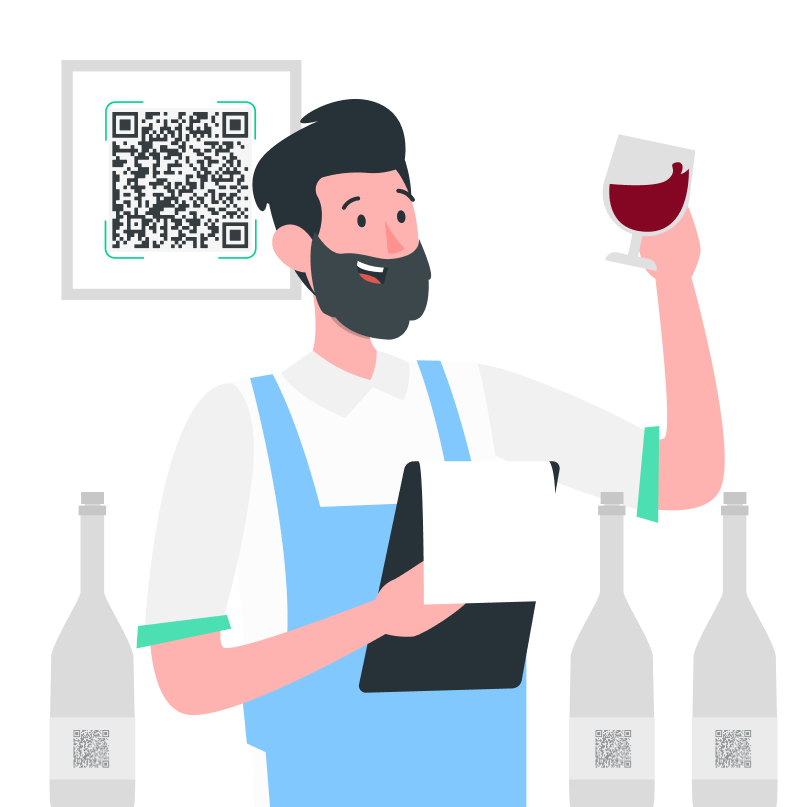
€190 per year
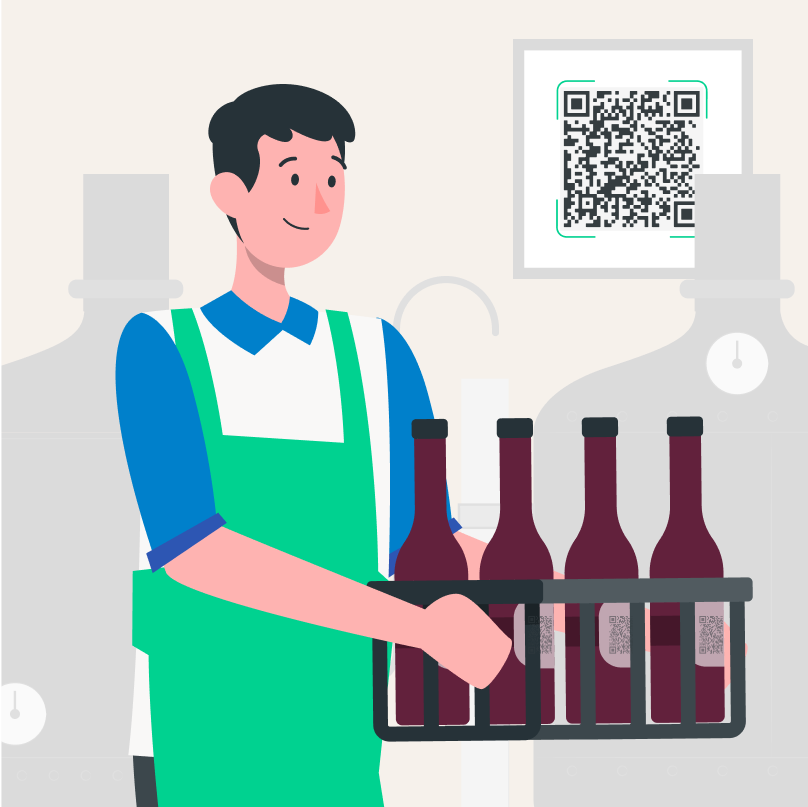
€290 per year
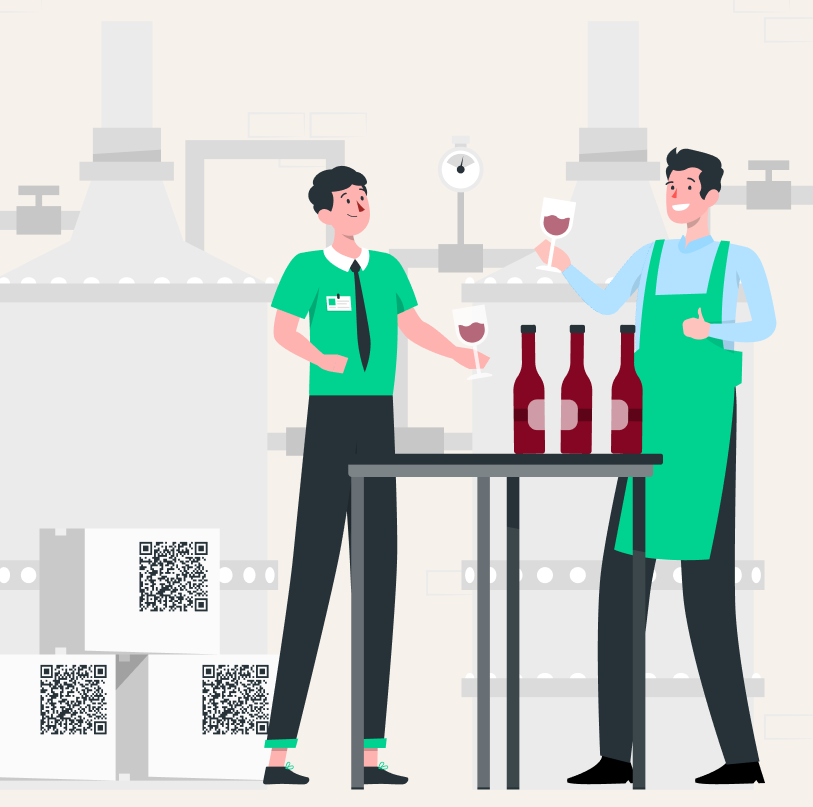
€390 per year

Craft Technology is an advanced software designed for individuals and businesses involved in the production and distribution of craft goods like wine, craft beer, and olive oil.The core features of Craft Technology are its Point-of-Sale (POS) system, Webshop, and Loyalty club. All these elements integrate with a Customer Relationship Management (CRM) system, which gathers and organizes important information about producers, distributors, customers, and the products themselves. This data includes details like what customers are buying, where they’re located, and their product preferences.
Craft Technology e-label is a standalone SAAS product that enables winemakers to easily comply to new legislation.
Craft Technology stands out for its simplicity, industry-focused features, and dedication to customer success. Our platform is specifically tailored for wineries and craft breweries ensuring you get the most relevant tools.
Implementing e-labels on your own website requires thorough research of regulations, a significant investment in programming and development, and monitoring regulatory changes to ensure continuous compliance for your business. Each e-label should have a unique QR code linked to a specific wine bottle, specifying the year and volume.
For example, the same wine of the same year in 0.75 and 1-liter bottles will have different QR codes. These codes and associated links must remain active until the last bottle of that wine is available on the market, which could be 10-15 years. The e-label for each wine must be available in all 24 official languages of the European Union or translated into the language of the country where the wine is sold. It’s important to note that common user tracking tools such as Google Analytics or Google Fonts should not be used. Additionally, marketing or any other promotional messages should not appear on e-labels.
To ensure complete elimination of tracking, it is recommended to set up e-labels on a separate hosting compared to the regular website and online store, which is financially a significantly more expensive option.
Yes, generate a QR code for physical labels, and after obtaining laboratory analysis, feel free to fill in all the fields necessary for generating e-labels. This is one of the important features of dynamic codes.
No problem. Links from our software can be easily redirected to another software without any charge. In the new software, all your labels from previous vintages will be available for users and regulatory authorities to view. You continue to generate new e-labels on the newly selected platform.
